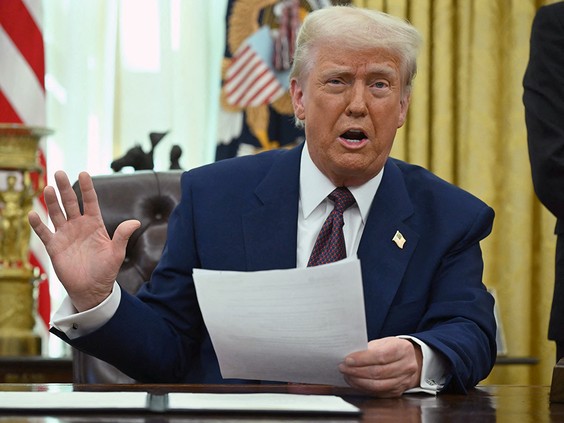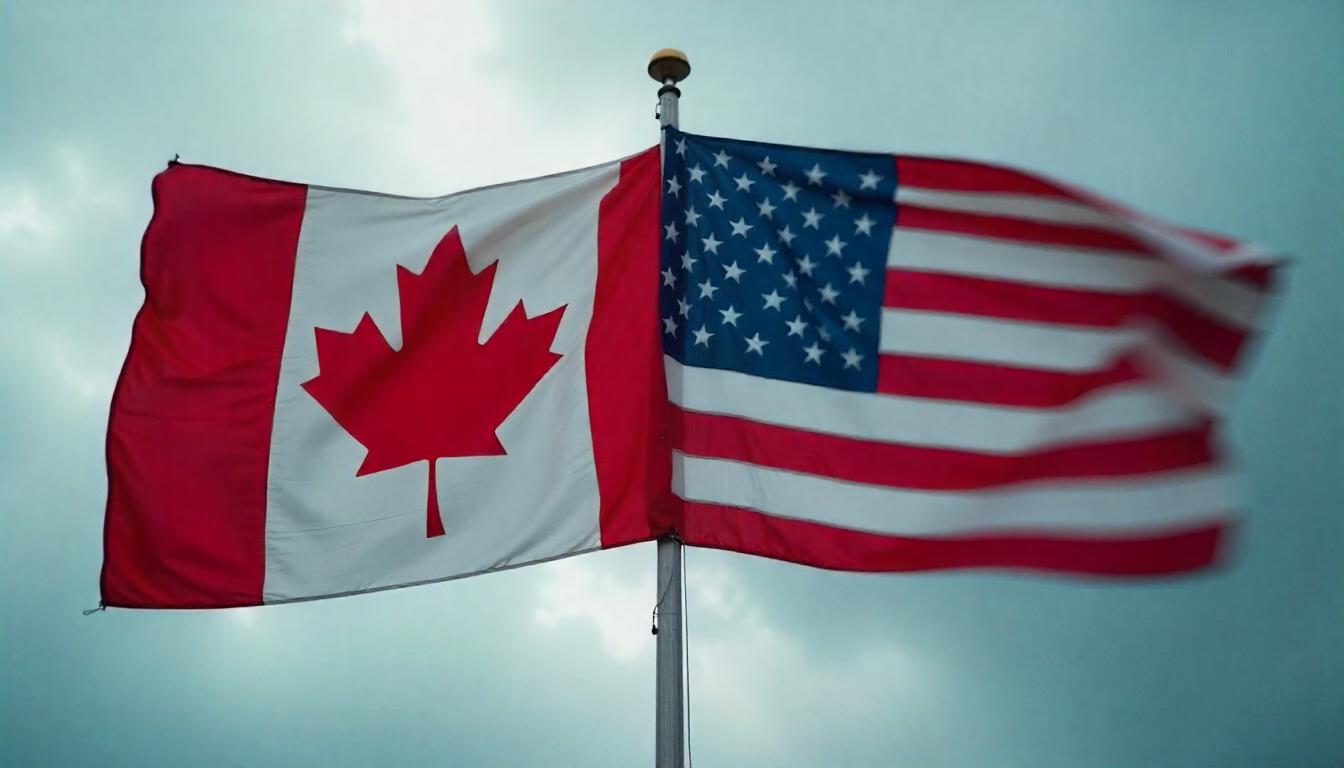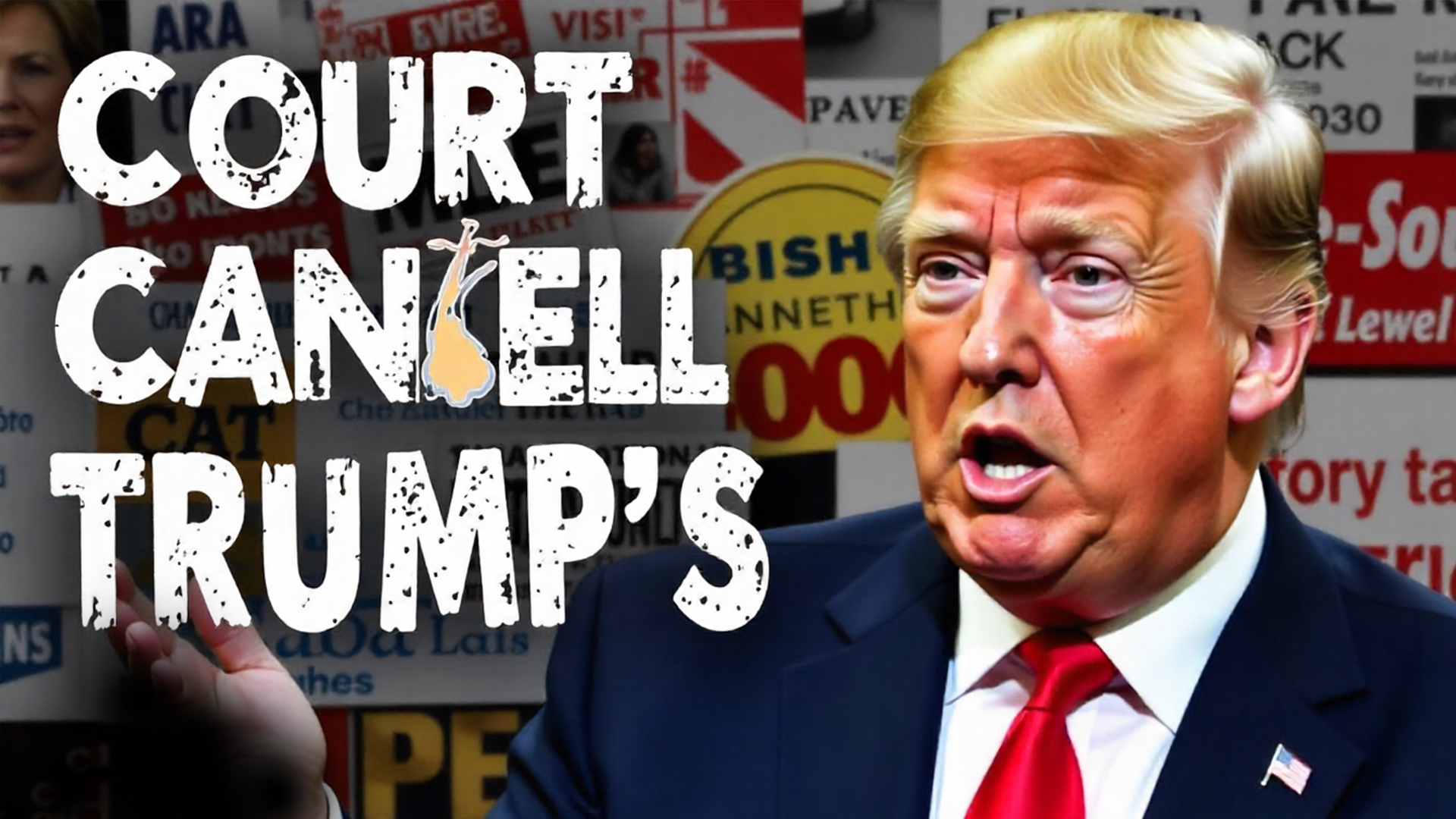The Trade Relationship Between the U.S. and Canada: A Numbers Game
The United States and Canada share one of the most extensive trade relationships in the world. In 2023, total trade between the two countries reached nearly $1 trillion, with $400 billion in exports from Canada to the U.S. and $300 billion in U.S. exports to Canada. Approximately $2 billion worth of goods and services daily cross the border, fueling industries on both sides.
Key trade transactions include:
- Energy: Canada supplies about 60% of the crude oil imported by the U.S.
- Automobiles: The U.S. exports finished vehicles to Canada, while Canada exports auto parts and assembled cars back.
- Agriculture: Canada is one of the biggest suppliers of wheat, beef, and seafood to the U.S.
This massive trade volume underscores how deeply interwoven both economies are. However, President Trump has chosen to misrepresent these facts, claiming that the U.S. is being “ripped off” by Canada.
Tariff War: 5 Times Trump Was Caught Lying
Understanding Trade Deficits and Trump’s “$200 Billion Subsidy” Claim
A trade deficit occurs when one country imports more from another than it exports. The U.S. runs a trade surplus with Canada in services, but a trade deficit in goods. However, this does not mean the U.S. is “subsidizing” Canada by $200 billion, as Trump falsely claimed. Trade subsidies occur when a government provides financial aid to its industries to make exports cheaper or domestic products more competitive. The U.S. does not subsidize Canadian industries; in reality, Canada’s favorable pricing on oil and raw materials benefits American businesses.
Trump’s claim is simply another attempt to manipulate public perception and justify his tariffs. The reality? The U.S. relies on Canada just as much as Canada relies on the U.S.
Canada’s Underdeveloped Resources: A Lost Opportunity
Canada is one of the most resource-rich countries in the world, yet it has failed to maximize the value of its natural wealth. Rather than refining its own raw materials, Canada exports them in their undeveloped state to the U.S., only to buy them back at a much higher price.
Some key underutilized resources include:
- Oil: Canada has the third-largest oil reserves in the world, with 10.4% of the global reserves. Yet, Canada continues to import crude oil for refineries in Ontario, Quebec, and Atlantic Canada at Brent crude prices, making energy costs higher than necessary.
- Uranium: Canada is one of the world’s top producers of uranium, crucial for nuclear energy and defense. Yet, instead of developing advanced nuclear programs, it exports raw uranium to the U.S.
- Rare Earth Minerals: Essential for electronics and defense technologies, Canada’s rare earth deposits remain largely untapped, leaving global markets dependent on China.
If Canada fully developed these resources, it would create jobs, increase GDP, and reduce reliance on the U.S. market.
Internal Barriers and Infrastructure Neglect
One of the biggest factors holding Canada back is its own bureaucratic inefficiencies and lack of infrastructure investment. Trade within Canada is restricted due to provincial barriers, making it easier for some businesses to trade with the U.S. than with other provinces.
Key challenges include:
- Interprovincial Trade Restrictions: Different provincial regulations make it difficult for Canadian businesses to operate across the country.
- Lack of Infrastructure: Unlike the U.S. and Europe, Canada has not invested in high-speed rail, superhighways, or pipelines that would facilitate trade.
- Missed Economic Growth Opportunities: The failure to build efficient transportation networks has led to higher logistics costs and reduced competitiveness on the global stage.

President Donald Trump announces that he will impose reciprocal tariffs on U.S. trading partners, in Washington, DC, on Feb. 13, 2025. Photo by ANDREW CABALLERO-REYNOLDS/AFP via Getty Images
The UAE Model: What Canada Can Learn
The United Arab Emirates (UAE) transformed itself from an oil-dependent economy into a global business and tourism hub. Despite having just 5.9% of the world’s oil reserves, the UAE invested in real estate, finance, and tourism, creating a thriving economy beyond oil.
Canada, with nearly double the oil reserves of the UAE, could do the same by:
- Investing in local refineries instead of importing refined crude.
- Developing other natural resources like uranium and rare earth metals.
- Expanding beyond U.S. trade and building stronger economic ties with Europe, Asia, and Africa.
Why Trump Keeps Calling Canada the 51st State
Trump repeatedly refers to Canada as the 51st state because of its economic dependence on the U.S. This is an insult to Canada’s sovereignty and a reflection of its underdeveloped potential. If Canada fully developed its industries and diversified its trade partners, the narrative would change. Instead of being viewed as an extension of the U.S., Canada could become an independent economic powerhouse.
The Wake-Up Call: Time for Canada to Take Control
Trump’s tariffs are not just about trade—they are about economic control. Even if he reverses them tomorrow, Canada should not go back to business as usual. Instead, it must:
- Invest in domestic industries to maximize its resource wealth.
- Break down interprovincial trade barriers to strengthen internal commerce.
- Build world-class infrastructure to boost economic mobility.
- Expand trade with other nations to reduce reliance on the U.S.
By taking these steps, Canada can eliminate Trump’s leverage, gain economic independence, and shut him the f* up—once and for all.**






One thought on “How Canada Can Make Trump Shut Up”